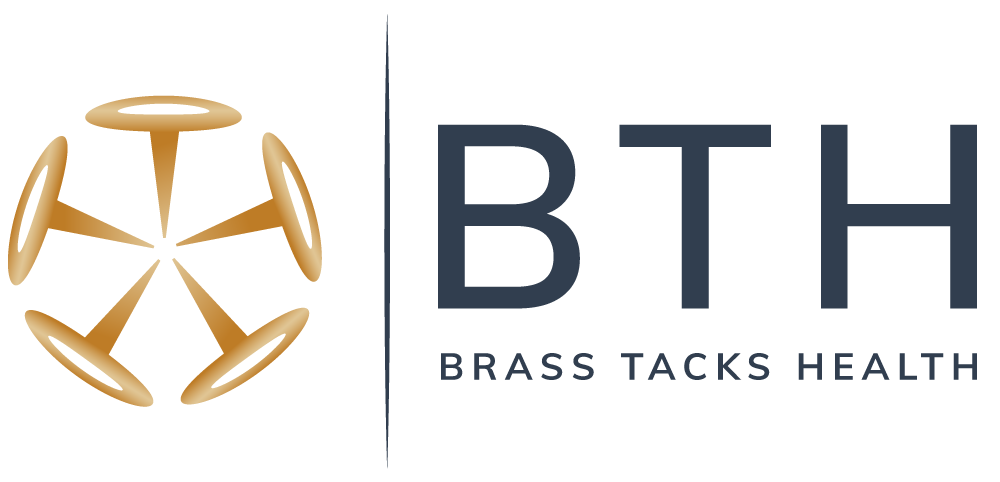
Indication & Target Prioritization

Setting the right strategic direction starts with knowing exactly where, across the full range of market opportunities, your technology best fits.
At Brass Tacks, our hallmark is our unique mix of commercial and scientific acumen. All core team members have MBAs or PhDs. Together, we bring decades of industry experience.
CASE STUDY
DEVELOPING A TARGET PRODUCT PROFILE
NEED:
A company in early-stage clinical trials needed a target product profile for their lead therapy.
ACTION:
First, BTH summarized the treatment paradigm for potential target patient populations and articulated a view as to how the standard of care for each was likely to evolve over the next 3 to 5 years. This involved identifying the competitive landscape, summarizing the most relevant data across modalities of emerging agents for the target patient population, and establishing timelines for current registration-enabling studies.
Next, we summarized competitive product positioning, and facilitated a workshop with key client stakeholders in which we guided the team through a SWOT analysis and TPP development. From this we developed a couple draft TPPs that we were then able to quickly pressure-test via a series of short, qualitative, neutral 1:1 discussions with practicing oncologists.
With this input, we refined the TPPs and drew out the strategic rationale and forecasted peak year sales for each. We were then able to circle back with key client stakeholders to maintain transparency and increase buy-in.
RESULT:
The client was able to align their medical and commercial teams, as well as their board of directors, around a well-defined target product profile.
CASE STUDY
STEERING INDICATION PRIORITIZATION
NEED:
A preclinical-stage company needed an indication prioritization methodology to set the course for their clinical development strategy.
ACTION:
First, BTH led a short workshop with company stakeholders to align the attributes of their asset with our deep understanding of the market. The outcomes of this workshop was the prioritization of a handful of key indications and patient populations for deeper analysis.
Then, we cross-referenced primary sources, including conference presentations, peer-reviewed literature and company press releases, to create a knowledge base of relevant proof-of-concept data to date for each indication, along with the historical context of key successes, failures and lessons learned. As part of this process, we created snapshots of recent approvals in each indication, to identify trends in regulatory strategies and clinic-to-launch timelines.
From here, we defined parameters and key metrics and developed a prioritization model with explicit rankings based on anticipated product attributes, market size, current and emerging trends in the field, potential scientific and commercial challenges, unmet need, competitive density, underlying business potential and implications for addressing healthcare disparities and advancing health equity.
Next, we collected primary intelligence to pressure-test our assumptions and address any outstanding knowledge gaps in the analysis.
Finally, we identified a few analogs as case studies that illustrated our thinking in support of our final recommendations and drafted a concise revenue forecast, summarizing each scenario. As part of this model, we highlighted trends and assumptions that could vary over time and performed a sensitivity analysis to articulate a view into these possible variations, as needed.
RESULT:
The client was able to easily grasp our recommendations and align their internal team around a clinical development direction for the optimal path to market. Leveraging our in-house database of clinical trial designs and timelines, we then joined forces with the client to map out a clinical development plan.
CASE STUDY
GUIDING TARGET SELECTION
NEED:
A client needed guidance on target selection for new product planning.
ACTION:
First, BTH built a target screening tool, including such variables as relevant clinical and preclinical data and market validation. From here, we guided the client through a workshop that led the team to prioritize LAG-3 for further diligence.
Next, we compiled a 360-degree view on the LAG-3 landscape, gathering all efficacy and safety data in a tumor-agnostic fashion, including negative findings, failed studies and best response rates to date. We sorted these by company, modality, indication, stage and upcoming milestones. We included a deep dive into structural differentiators, such as Fc domains and ligand binding beyond the major interaction with MHC class II. With this information in hand, we extrapolated trends, using primary intel to pressure-test our assumptions and address any knowledge gaps we encountered.
To make our insights easy to grasp, we delivered our key take-aways to the client in a few different formats, according to the preferred learning styles of the team. We then led the team through a discussion that enabled us to draw out all follow-up questions and solidify next steps.
RESULT:
Using our analysis, the client gained internal alignment on their development strategy.





